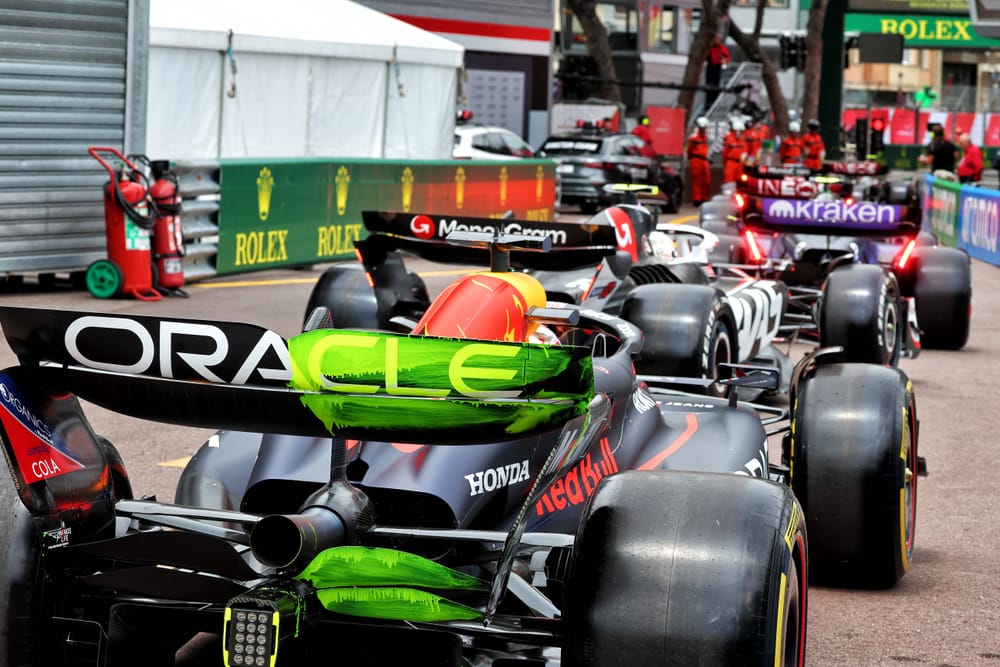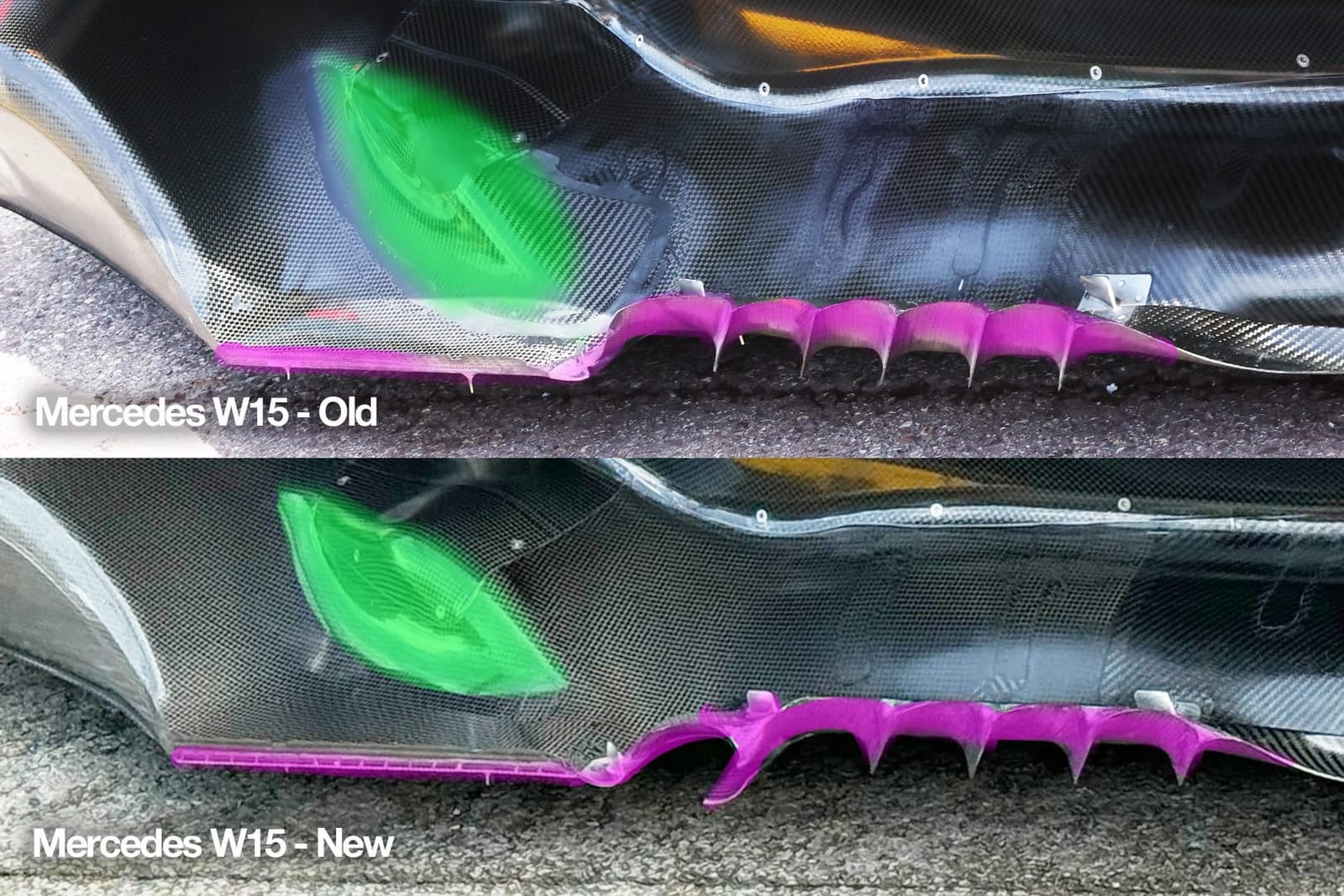Up Next

Formula 1’s development war has become a more stuttering, uncertain one of late.
Whereas in the past, certainly under the previous regulations prior to the current rules coming in for 2022, downforce and therefore performance could be added seemingly ad infinitum, increasingly teams have been bumping into one limitation or another.
While laptimes continue to improve, progress is not dependably linear for most.
Pacesetter McLaren has been sure-footed over the past 18 months with its gains founded on a series of major upgrades introduced in Azerbaijan, Austria and Singapore last year, then Miami in early May of this year. It’s been rewarded with not only the strongest all-round car but also the most consistent one.
Others have had more problematic development paths, with previous top dog Red Bull hitting simulation-to-track correlation problems and Ferrari having porpoising problems after its floor update introduced in Spain in June. There are similar stories throughout the field.
Pre-2022, upgrades didn’t always work but the strike rate was generally high. But in recent years, new packages that either don’t correlate with simulations or cause problematic characteristics and make the cars difficult to drive have regularly cropped up - to the point where this year major packages that do work seem the exception, rather than the norm.
The question is, why?
GROUND EFFECT COMPLICATIONS
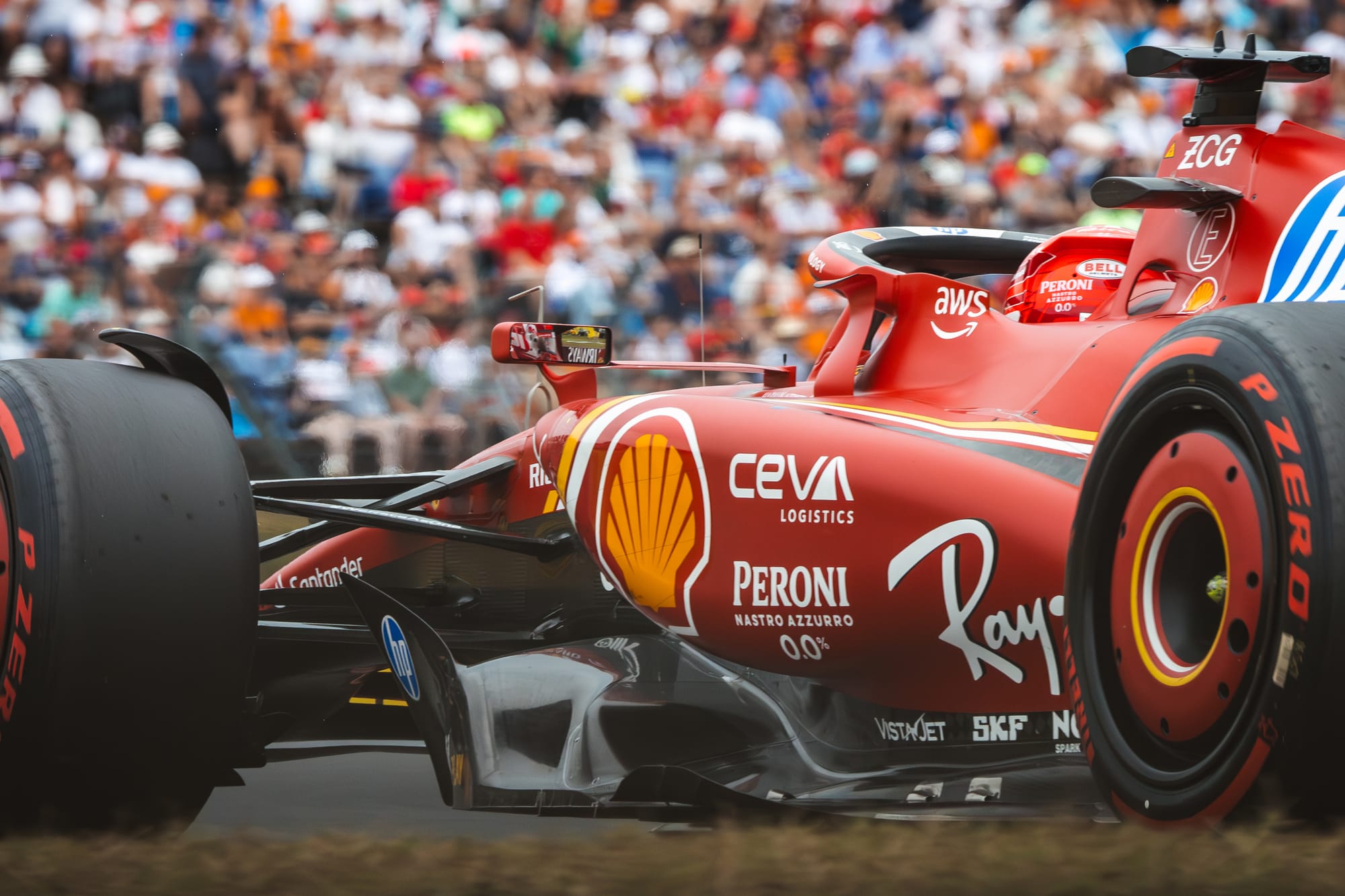
The current regulations are all about getting the cars to run as low and stiff as possible. Producing vast amounts of downforce is easy enough at low ride height, but there are a multitude of traps waiting to catch you out.
First and foremost, you need to stop the floor from hitting the ground. That’s easier said than done given that the downforce increases exponentially as you get very close to the track surface. This is difficult to simulate, although teams are making progress in finding ways to understand it.
There’s also the risk of porpoising, which is an aerodynamic effect that can be triggered if the underfloor airflow stalls. Venturi tunnels work by constricting the airflow then allowing it to expand - accelerating it and creating low pressure under the car and therefore downforce. But if you push this too hard, you can get a stall, so the car rises, the downforce kicks back in and the process repeats - hence the porpoising motion of the car.
The other challenge is that the slower the car, the higher the ride height. So ideally, you want a mechanical platform that keeps the car low even at low speed where the ride height will be highest owing to reduced downforce, but that doesn’t end up too low - i.e. ploughing the track surface - at high speed.
As Mercedes technical director James Allison explains, that’s made the relationship between the mechanical and aerodynamic design more intimate and made for a more complicated design challenge.
"The thing that's different is that in the old days the mechanical ride of the car and the aerodynamic performance... were not independent of each other, but you could go off looking for downforce and aerodynamic behaviour that you thought would bring you laptime and there was more ability in the mechanical package to take some of the rough edges off what the aerodynamics were doing because the car moved more," said Allison.
"These things don’t move at all, or comparatively they don’t move much, which means that the ability of the rollbars and the springs and the dampers to help you out is less.
“When you’re designing the car, the people who are making the compromise decisions between the aerodynamic behaviour and the mechanical behaviour have to give a bit more heed to the needs of the car mechanically than they did in the past, whereas you could just say aero is king in the old days and the suspension guys will make it work.
“There is more of an intimate relationship now than there was, but there is still a laptime tracker that just goes up as you work, it’s just a slightly different space you’re working in.”
DRIVING AT 90% CAN BE FASTER
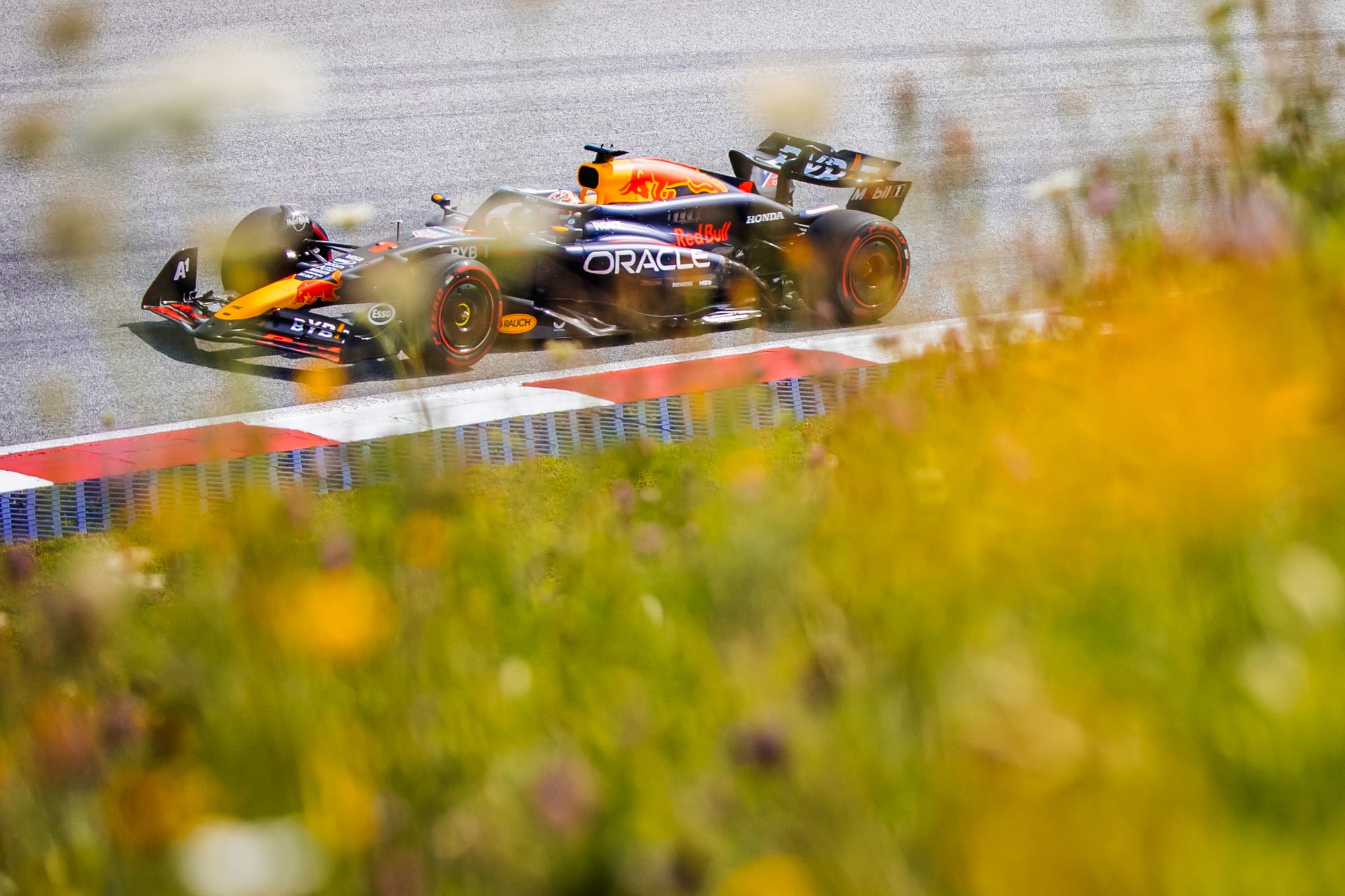
Then you have the problem of making the aero itself work across a wide speed range. A big challenge with these cars is generating downforce at the front end at low speed. That means you want plenty of aerodynamic load at the front.
The trouble is, the large area of the front wing also works in ground effect, so as the speeds increase there’s a risk of ending up with too much grip from the front end and an imbalance that means an unstable rear end. One of the key tools in counteracting that is flexibility of the front wing, which if controlled well can allow a car to produce the maximum low-speed downforce without creating too much load and unbalancing the car in high-speed corners.
There’s also the challenge of sustaining a good, consistent through-corner balance. The simplification of top-body aero, which eliminated the complex bargeboards seen on F1 cars between 2017 and 2021, has played a big part in that.
This also makes the cars very sensitive when in yaw - meaning when cornering at an angle to the airflow. And cars are in yaw in the corners, where tiny variations in ride height that can be influenced by a vast array of factors, including driving style, make a huge difference.
As Fernando Alonso explains, this also means that sometimes you will be faster when not pushing hard because things can go wrong when at the limit.
“These cars aren't easy to drive but I think the problem of these cars is to extract 100%,” said Alonso.
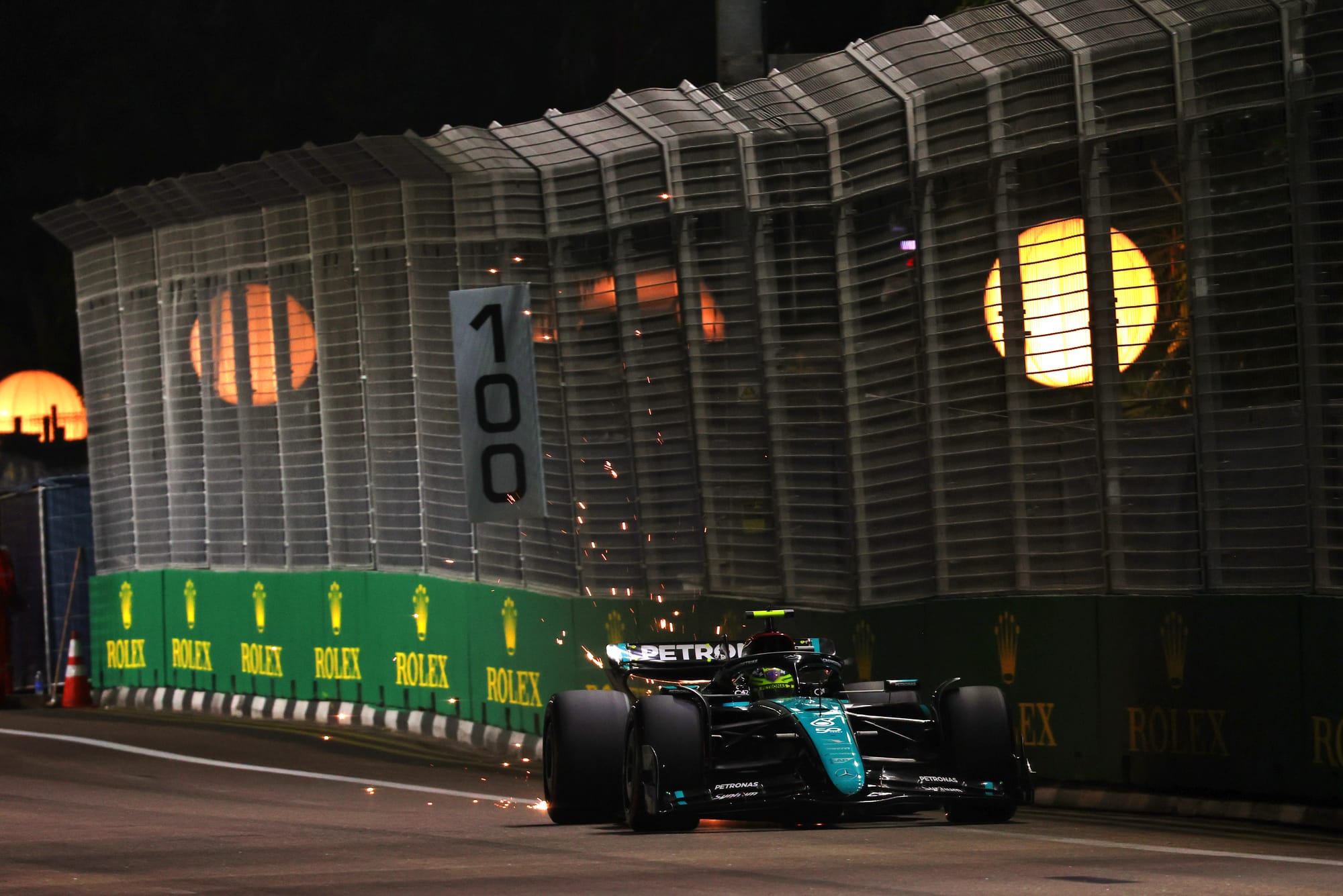
“So if you drive at 90% sometimes you're faster because you don't put the platform in inconvenient angles or ride heights or you're not pushing the limits. It's where everything falls apart when you're at the limit.
“Sometimes driving at 90% is faster.”
The ideal is a car that pushes the aero limits hard, but isn’t so critical and on the edge that things come unstuck at high speed. That requires immense control of the mechanical platform, understanding of the fine detail of the floor and a different way of evaluating the characteristics and performance of new designs compared to the old-generation cars.
And that’s something that all teams have had to adapt to, and some have done better than others. That’s no surprise given these cars are hugely complicated aerodynamically.
TESTING AND DEVELOPMENT LIMITS HURT, TOO
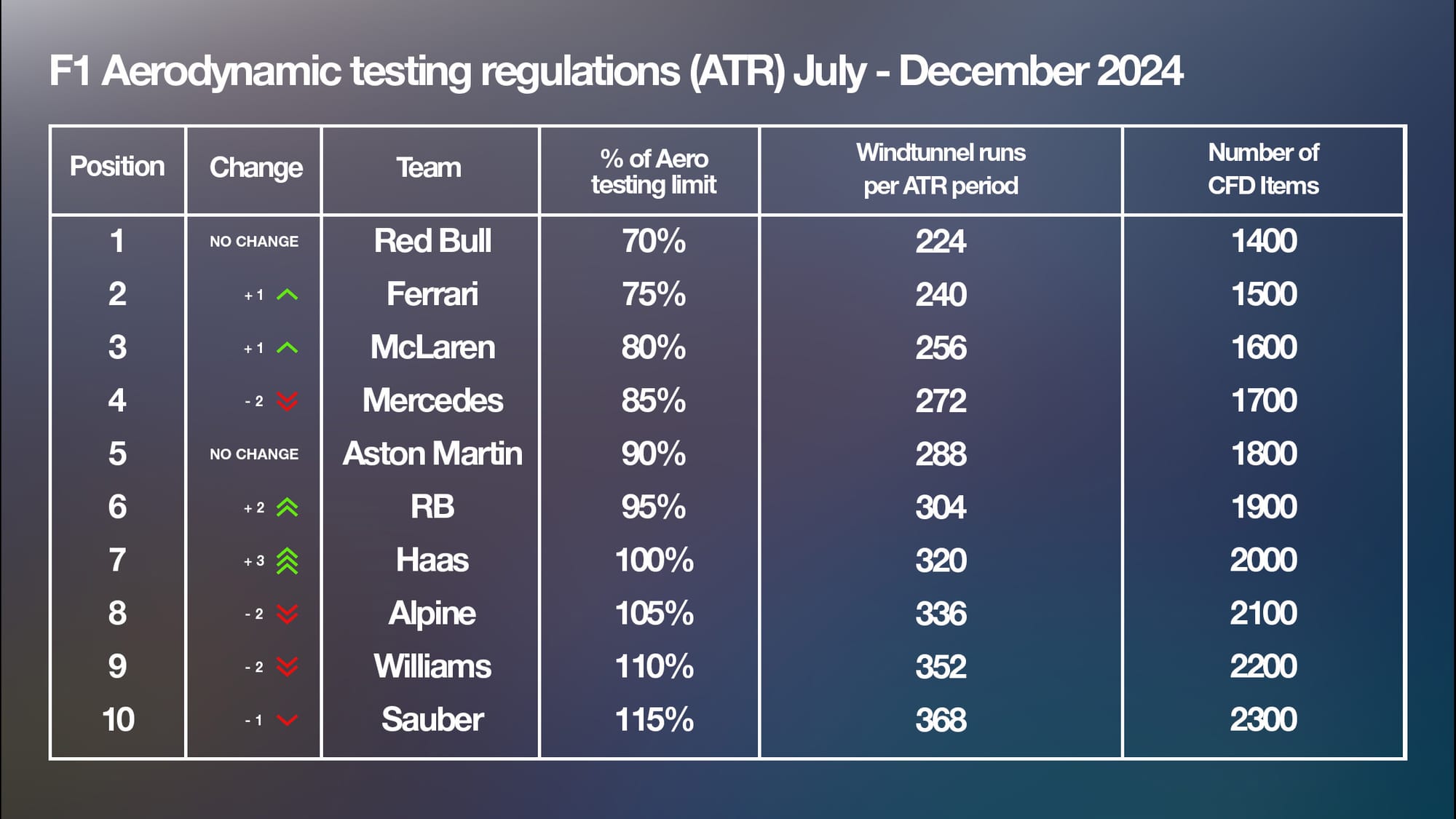
Outside of the chassis rules, there are other confounding factors that make life difficult for teams. The aerodynamic testing regulations heavily restrict the windtunnel testing and CFD items each team has. All teams are limited, but the better your constructors’ championship position when the allocations are reset every six months, the less you get.
That means less research and development time to understand how the car is working aerodynamically. The quality of a team’s facilities - notably the windtunnel - can also play a part in how effectively it uses this allocation.
But it’s not just the windtunnel and its specification that dictate performance. For example, Aston Martin shares the Mercedes windtunnel but has fallen far behind it.
Team principal Mike Krack says this proves that’s not an excuse for Aston's struggles even though the team is expecting a boost from the new state-of-the-art windtunnel that is coming online soon at its own Silverstone facility.
“We have another team using the same windtunnel with less time [allowed by ATR], so this is not an excuse,” says Krack. “We could do better.”
The lack of track testing also makes life difficult. Opportunities to run 2024 cars outside of the race weekends - six of which are sprint weekends featuring just one free practice session - are rare thanks to the strict limitations on testing. Even when the 2024 cars do run outside of events, for example in tyre testing, teams don’t control the run programme and can’t try new parts.
After those held in Barcelona, Jerez de la Frontera and Suzuka, this week Pirelli is at France’s Le Castellet circuit for two days of testing with @ScuderiaFerrari. Today, it was Carlos Sainz who drove the SF-24 and tested different compounds and constructions for 2025. pic.twitter.com/u6Ox7kzLkp
— Pirelli Motorsport (@pirellisport) May 28, 2024
Then there's the cost cap. The baseline spending figure is set at $135million, and while various adjustments mean the real figure is higher, and there’s plenty more that is exempt from the cost cap, it has a dampening effect on development rate because you can manufacture fewer parts and your staff headcount is effectively limited.
Another factor entirely independent of the rest of the car is the Pirelli tyres. Mercedes driver George Russell recently described getting the best out of them as “black magic”.
This isn’t really about the mythical ‘bad set of tyres’, but reflects just how sensitive the tyres are to conditions, temperatures and preparation given the available grip can dramatically swing laptimes for better or worse.
FIXING ONE PROBLEM CREATES ANOTHER
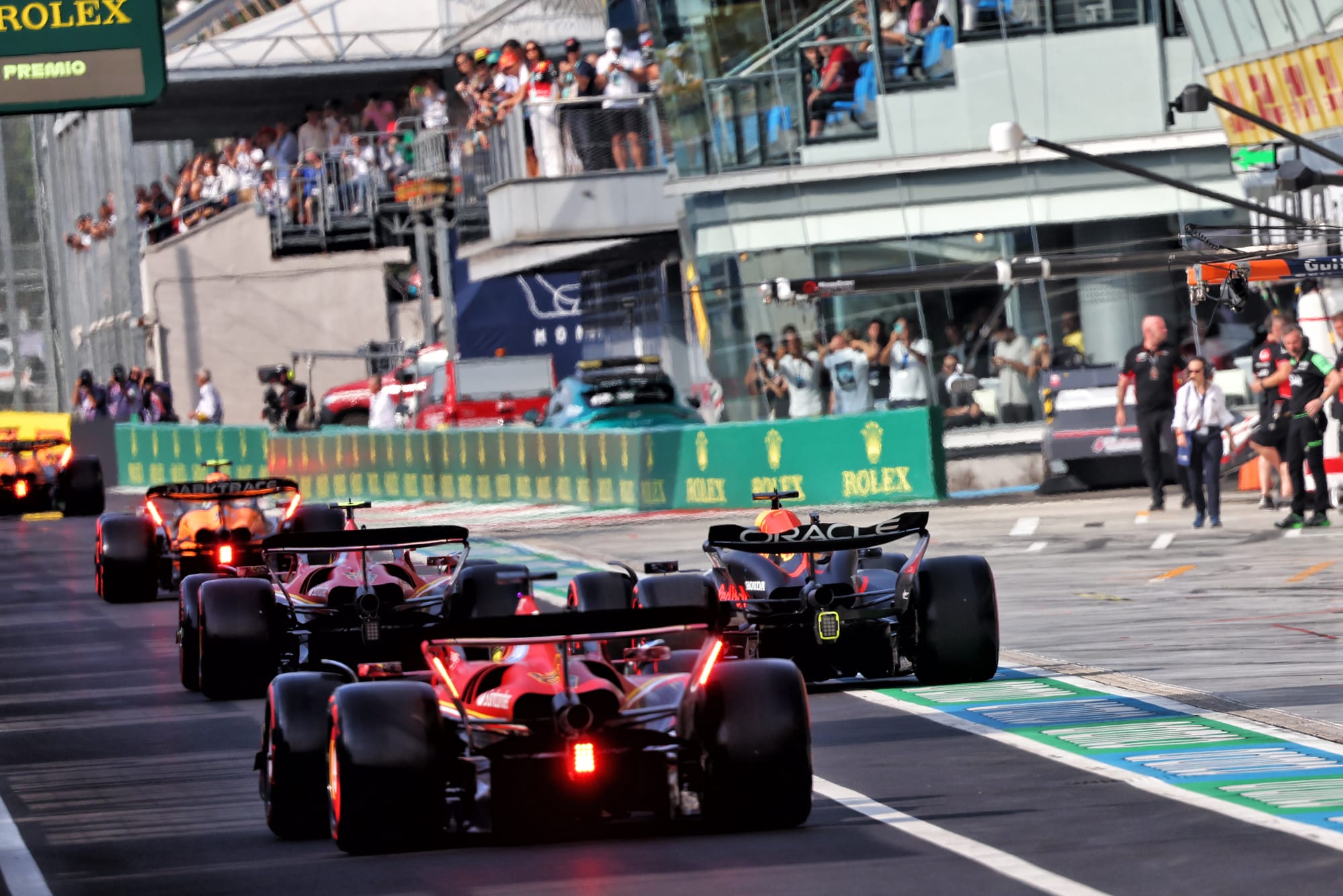
Unravelling the fundamentals of car development from these factors that distort the picture, on top of the countless other tiny details that can have a role, is far from straightforward so creates more potential for confusion.
Focus on troubleshooting one problem and you risk creating another, while even just the 'normal' progress in development risks creating problems such as porpoising that you can't simulate as accurately as you like. There are multiple limitations to bump into and avoiding doing so requires mastery of hugely complicated machines that are dependent on creating very fine control of the aerodynamic and mechanical behaviour of the cars.
Add to that the fact that the field is very tightly-packed thanks to how restrictive the regulations are, with a performance swing of a tenth of a second or two having the potential to make a big difference to the position both in the lead group and the midfield pack, and it’s no surprise that it’s become fiendishly difficult to predict the competitive order on any given weekend.


